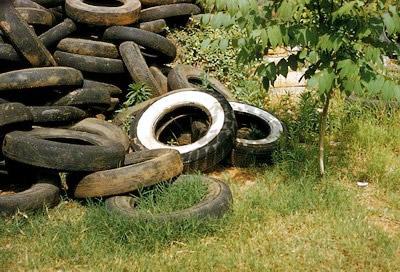Habits
Habits Of Mosquitoes
Knowledge on the habit of mosquitoes is essential for understanding the epidemiology of mosquito borne diseases and its prevention. The following are some of their important habits:
1) Feeding habits: Females of most species feed upon blood. Mouthparts of the males are not developed for piercing and they do not suck blood. Their food consists of plant juices, nectar and other liquids. Females require a blood meal, once in 2- 3 days for the development of eggs. The females differ in the feeding habits. Some species prefer human blood (anthrophilic); some prefer animal blood (zoophilic) some differ in their choice and feed on both man animals. In general mosquitoes feed in the evening or in the early part of the night, but there are great variations among the species. Only Aedes species feed during daytime. Most Anopheline mosquitoes are crepuscular and night feeders. Some species such as Anopheles cruzi and Anopheles bellator bite during day and night.
2) Resting habits: Mosquitoes obscure themselves during the day in dark and cool corners. After a blood meal, some mosquitoes rest indoor (endophilia), and some outdoors (exophlia). The indoor resting places are usually the dark corners of houses, upper part of the walls, behind pictures and under furniture. The outdoor resting places are usually the vegetation, shrubs, tree holes, cattle shed, and wells. Knowledge of this habit is the basis for organizing rational and anti-adult measures.


3) Breeding habits: The breeding habits of mosquitoes vary considerably. Knowledge of breeding habits is required for conducting anti-larval operations. In general, the Anopheles species prefer to breed in clean water; Culex species prefer both clean and dirty polluted water. Aedes species prefer artificial collections of water. Mansonia species breed in water containing certain type of aquatic vegetation. Generally, mosquitoes show preference to particular habitats a spoonful of water to an extensive marshy area acts as potential breeding habitats for mosquitoes.


4) Hibernation: Mosquitoes are known to hibernate in the adult stage when the environmental conditions are not favorable. Severe winters are tided over by hibernation. Some species of mosquitoes breed on snow and on high mountains, for example Anopheles communis of the Holoarcticm, hibernates in winter and breeds in snow puddles in summer. In Temperate Zone, the photoperiod place major role in inducing hibernation in Anopheles mosquitoes. With the onset of short-day conditions in early autumn, non-gonoactive females of Anopheles masculiphinnis destined for hibernation appear.
5) Life span: The life of a mosquito is influenced by temperature and humidity. Both high and low temperatures are fatal. The normal life span of mosquitoes varies from 8 to several weeks. The males, as a rule, are short lived.